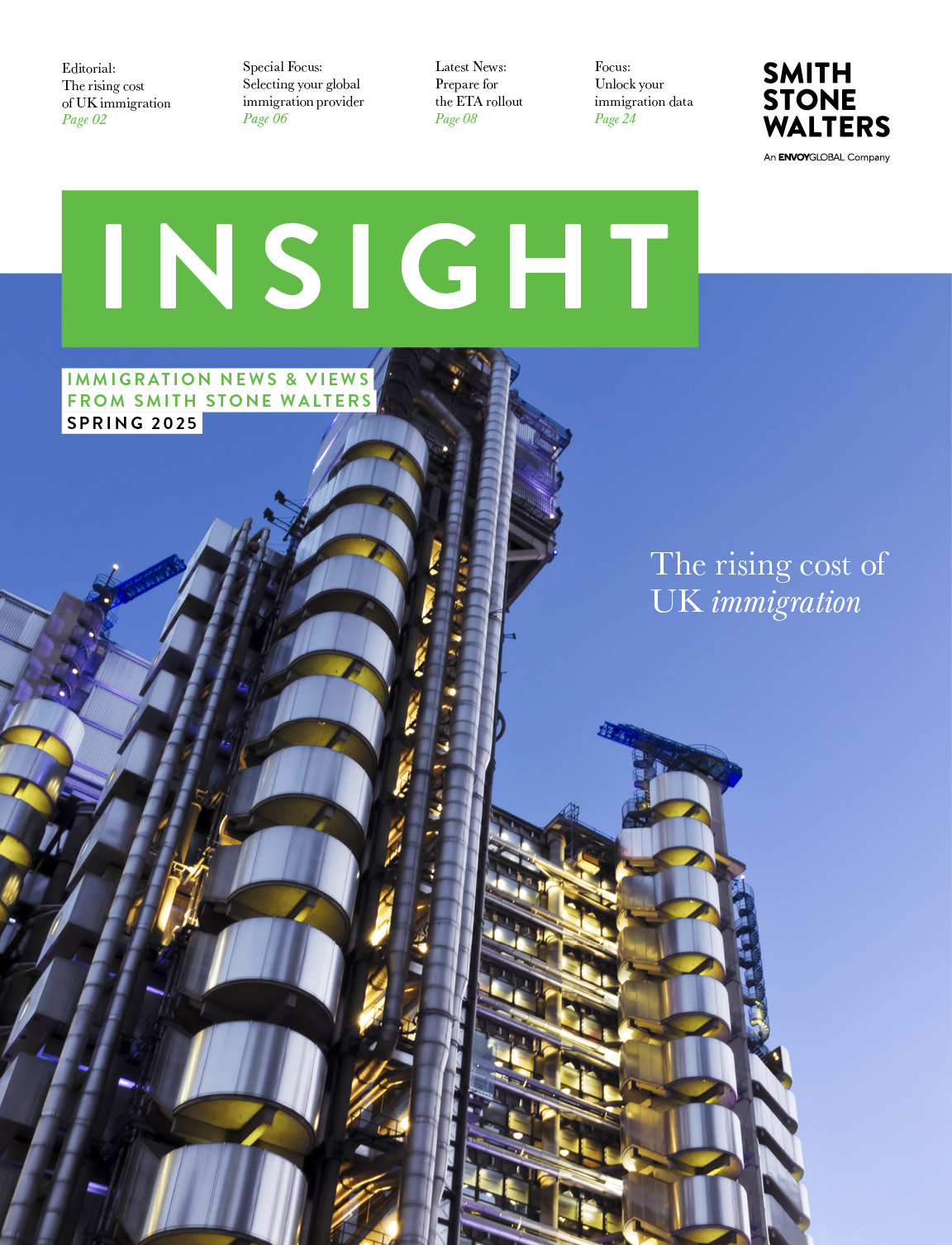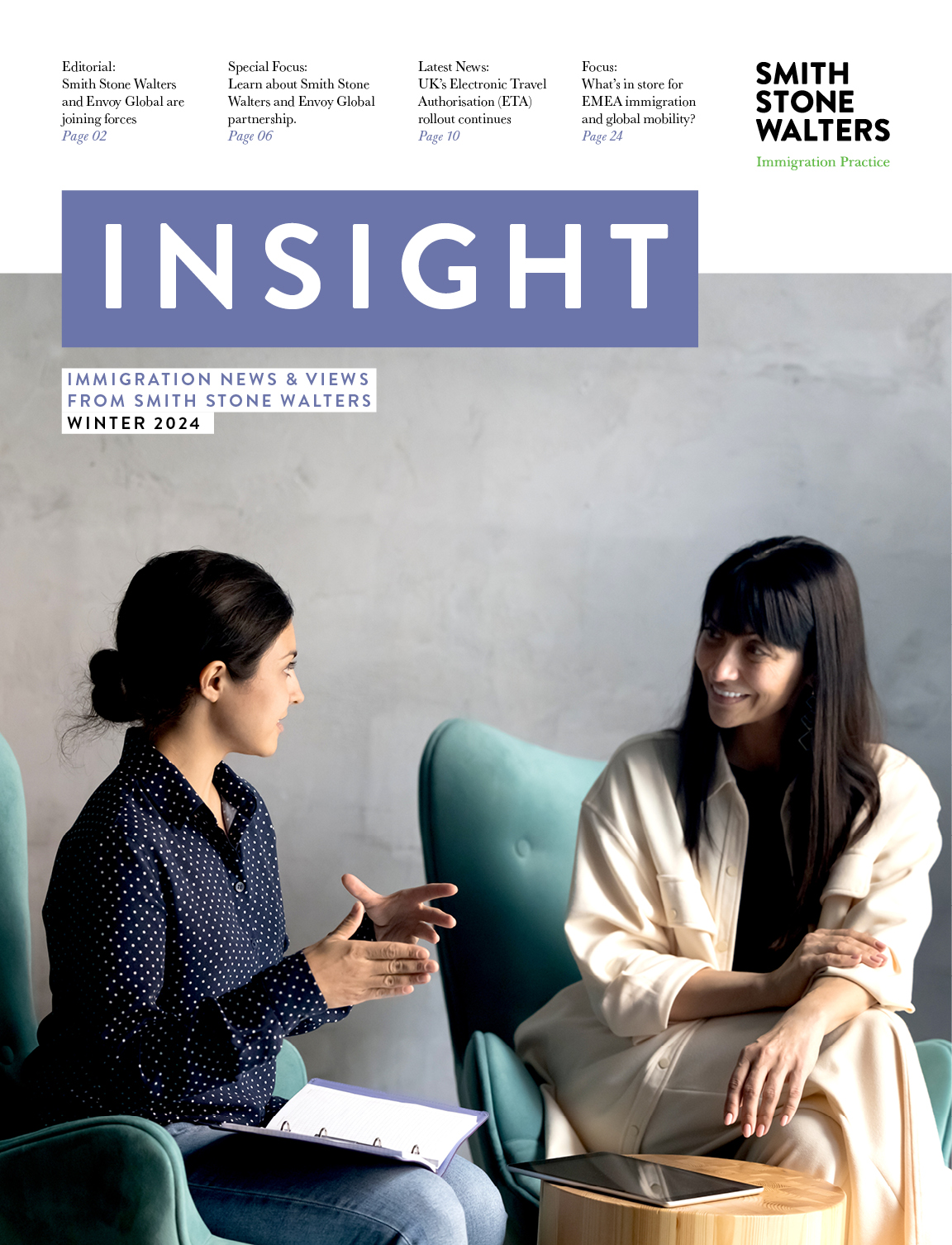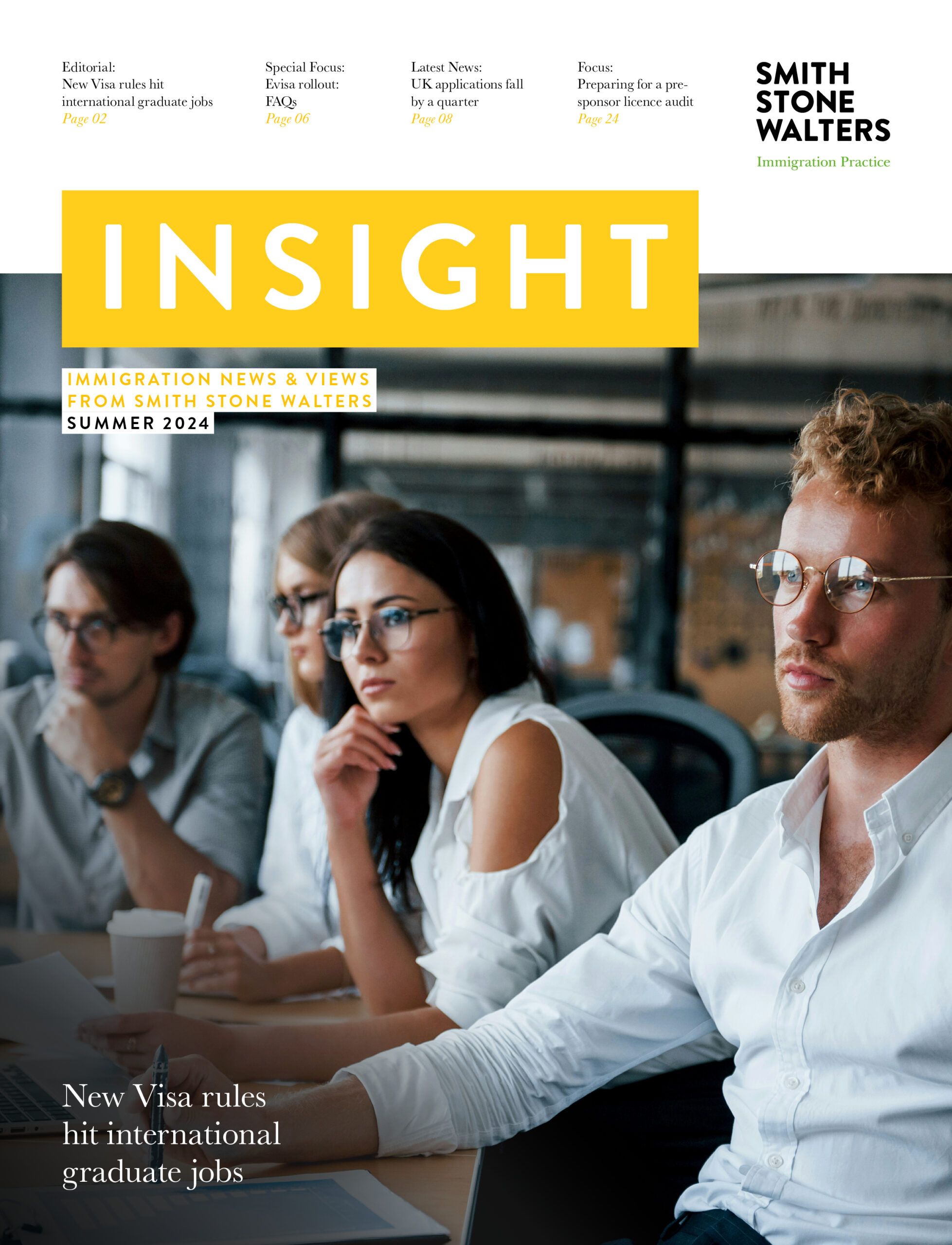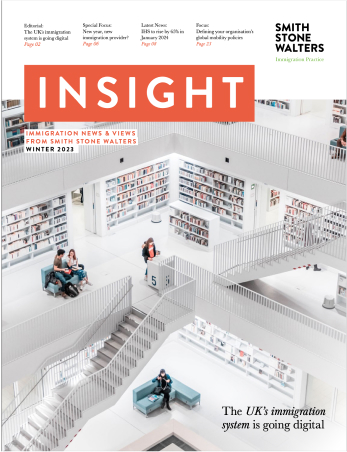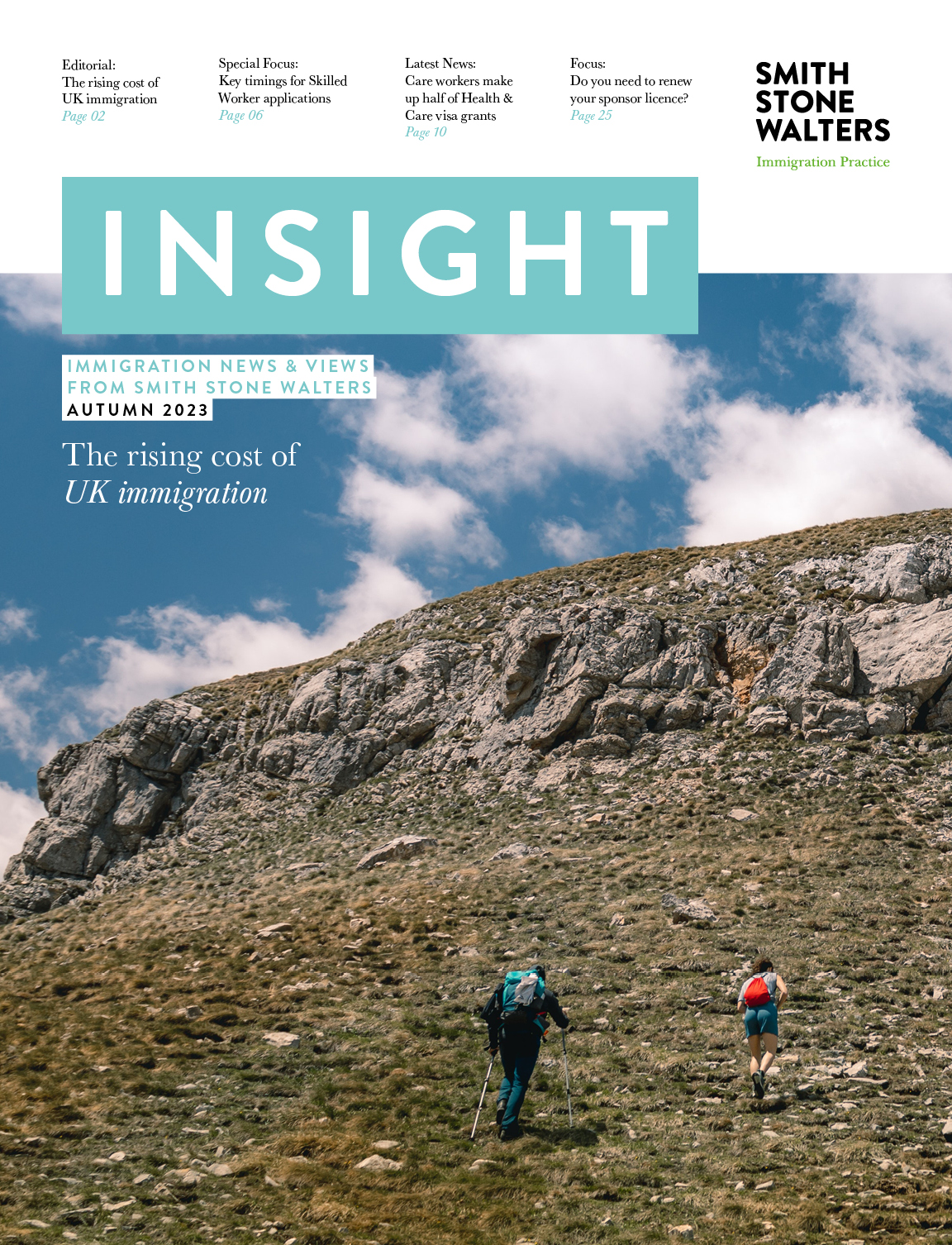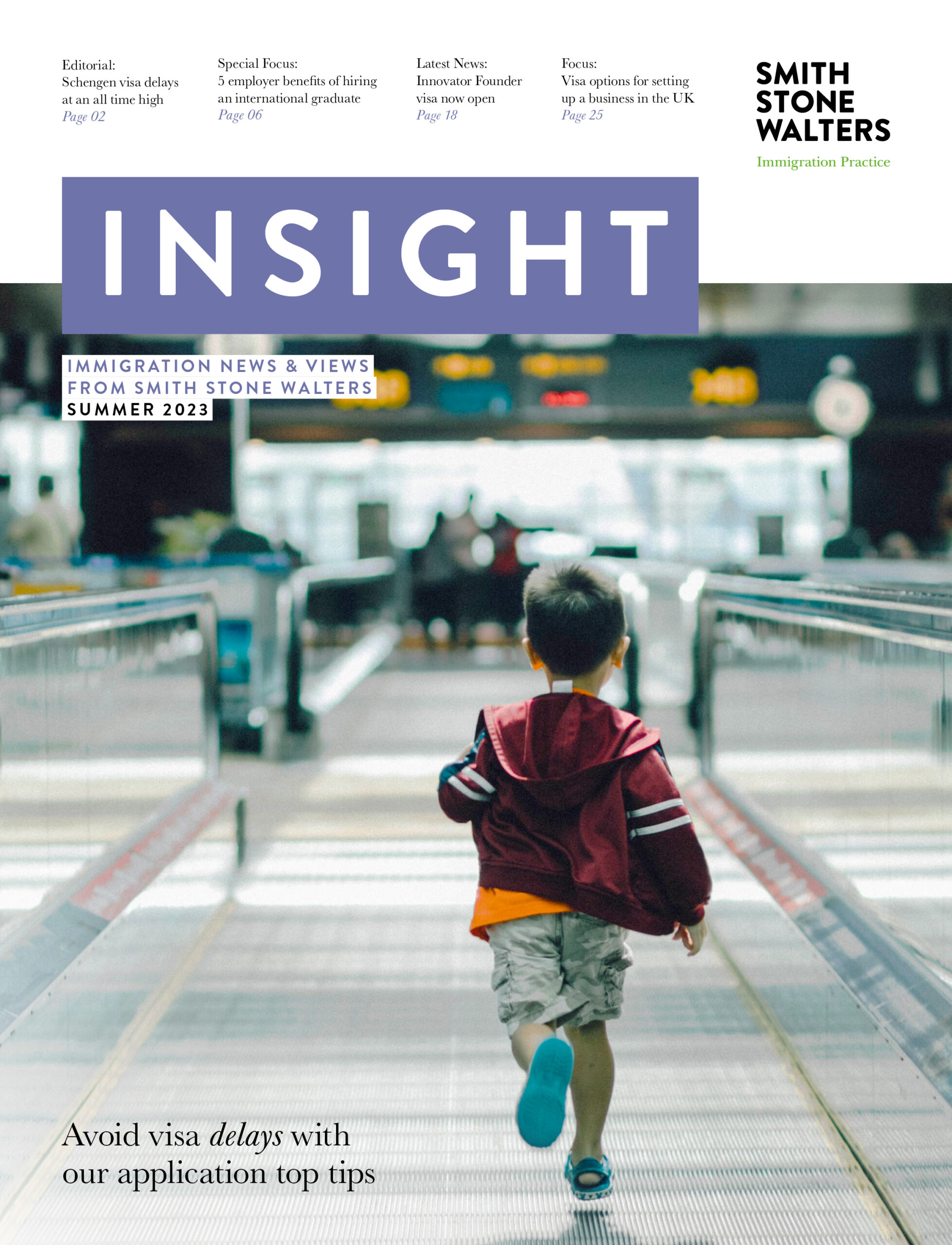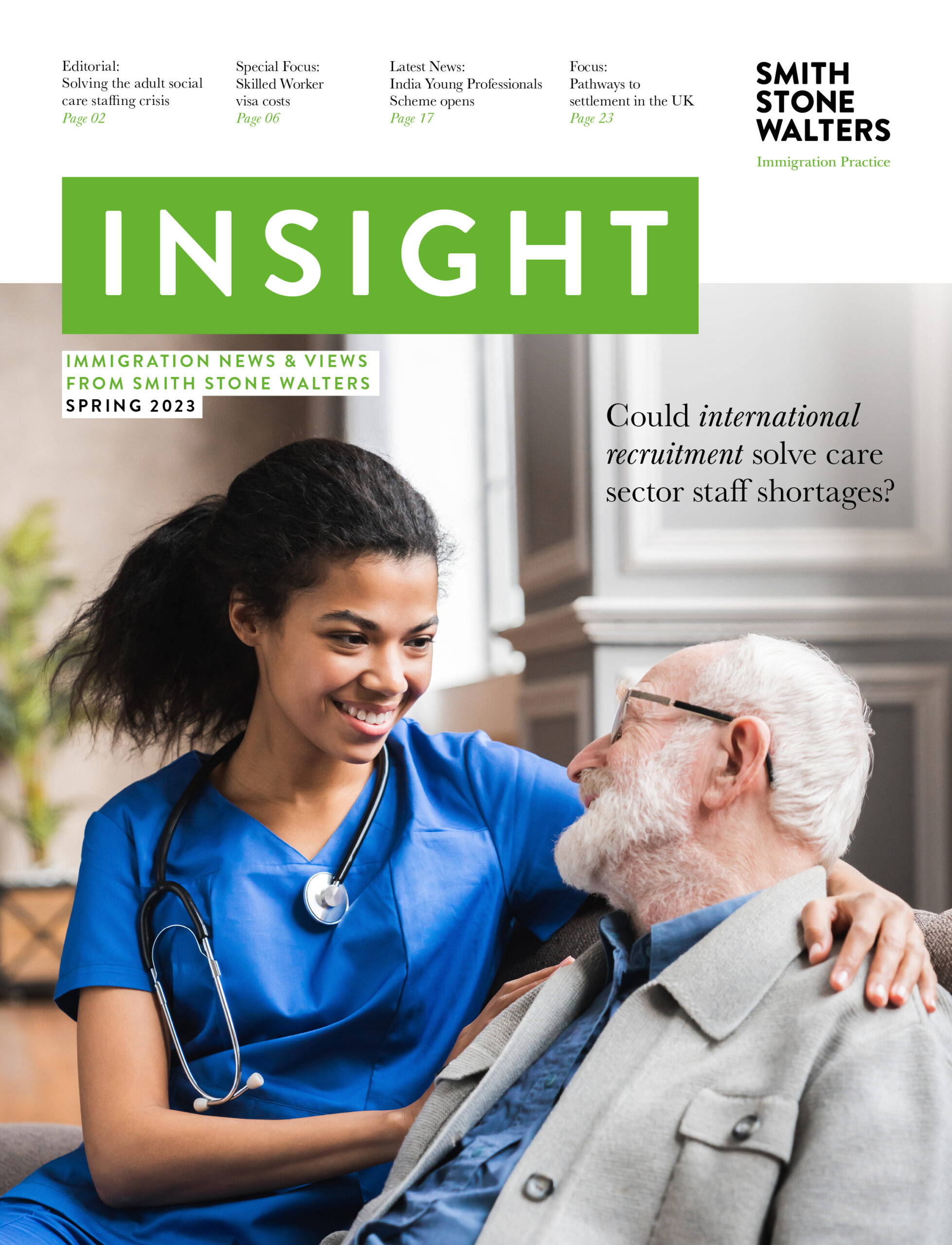EU net migration falls by 45%
The Office for National Statistics (ONS) has just published its latest quarterly report on international migration for the year ending September 2017. It shows that EU net migration has fallen sharply, while non-EU net migration figures rose.
Nicola White, Head of International Migration Statistics, Office for National Statistics commented: ‘Brexit could well be a factor in people’s decision to move to or from the UK, but people’s decision to migrate is complicated and can be influenced by lots of different reasons.’
The highlights of the report are as follows:
EU net migration has fallen by 45%
Fewer EU citizens moved to the UK in the past 12 months. The number leaving the UK increased. This figure has fallen over the last year from 165,000 to 90,000. However, there are still more EU citizens in total coming to the UK than leaving.
The number of EU citizens coming to the UK for work-related reasons has fallen over the last year, in particular, those coming to the UK ‘looking for work’.
Non-EU net migration has increased
This figure went up by 40,000 over the last year and is now larger than EU net migration. This is due to the large decrease in EU net migration over the last year.
Net Migration
This has stayed at a similar level to early 2014, with 244,000 more people coming to live in the UK than those who leave. This is a drop from the record levels of net migration in 2015 and early 2016.
Emigration
In the year ending September 2017, 334,000 people left the UK. This figure incorporates the highest recorded level of EU nationals emigrating from this country in a 12 month period (130,000).
Work
Not surprisingly, this is one of the most common reasons people come to the UK, and also the most common reason why they leave.
- Arrivals: 248,000 people entered the UK to work: that’s a decrease of 18.15% (45,000 fewer) compared with 2016. Of these, nearly two-thirds already had a definite job offer and the remainder were ‘looking for work’.
- Departures: a total of 179,000 left the country to work elsewhere, an increase of 12,000 from 2016.
There were 165,131 Work-related visas granted in 2017, an increase of 1% on the previous year. The nationalities that were granted the largest number of skilled (Tier 2) work visas in 2017 were:
- Indian, accounting for 56% of all grants (down 2%)
- American, accounting for 10% of all grants (up 1%)
Study
Immigration to the UK for study purposes rose by 29,000 to 163,000 in the last year. This is now at a similar level last seen in early 2016. Of this number, three-quarters were non-EU citizens.
Nationals from three countries (China, USA and India) made up over half (53%) of the study-related visas granted in 2017, with the largest number going to Chinese citizens (88,456, or 40% of the total).
*Note: all figures are compared to the same period in 2016 unless otherwise stated.


